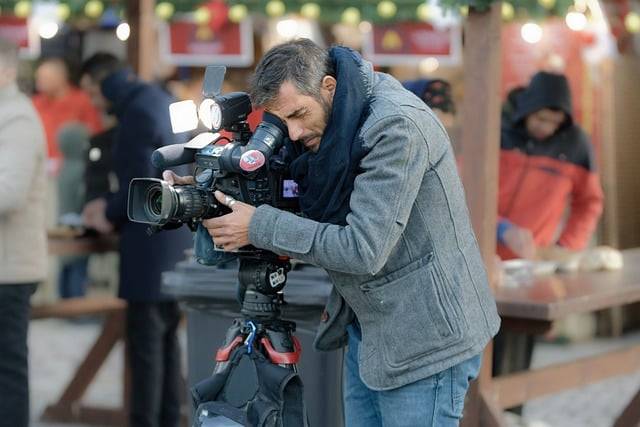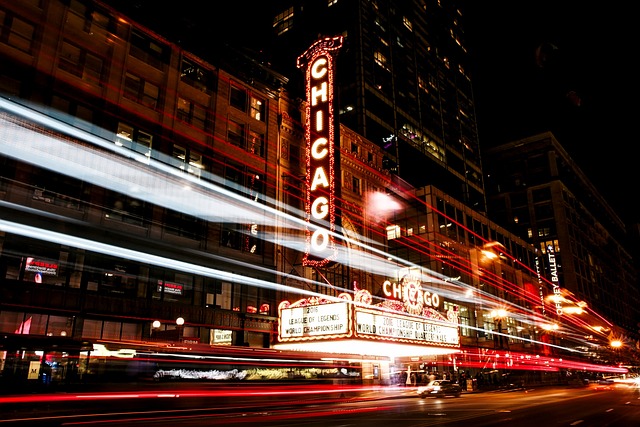Investigating the Role of AI in Film Restoration and Remastering Processes
With the advent of film technology in the late 19th century, there came a need to preserve and restore these pieces of cinematic history. Over time, film restoration has evolved from basic repairs of damaged film reels to comprehensive processes involving cleaning, repairing, and digitizing films to ensure their longevity. The first major restoration projects focused on iconic silent films and classics from the Golden Age of Hollywood, laying the foundation for the preservation of film heritage.
As the film industry continued to grow and expand globally, the importance of restoring and remastering old films became increasingly apparent. Advancements in technology allowed for more sophisticated restoration techniques, leading to the enhancement of image quality, sound, and color in classic films. As film restoration and remastering techniques became more refined, film enthusiasts and historians could experience these cinematic treasures in a new light, appreciating the artistry and craftsmanship of the original creators.
The Challenges Faced in Traditional Film Restoration Methods
Traditional film restoration methods have long been the cornerstone of preserving cinematic masterpieces for future generations. However, the process is not without its challenges. One of the primary obstacles faced in traditional film restoration methods is the physical deterioration of the original film elements. Over time, film reels can become brittle, faded, or damaged, making it difficult to create a high-quality digital restoration.
Another significant challenge in traditional film restoration is the labor-intensive nature of the process. Restoring a film frame by frame requires meticulous attention to detail and can be incredibly time-consuming. Moreover, the manual nature of traditional restoration methods can lead to inconsistencies in the final product, as different technicians may interpret and restore the film in slightly different ways.
The Emergence of AI Technology in Film Restoration
AI technology has revolutionized the process of film restoration in recent years. By utilizing sophisticated algorithms and machine learning capabilities, AI has the ability to automatically enhance image quality, remove imperfections, and recreate missing frames. This advanced technology has significantly expedited the restoration process, allowing for quicker turnarounds and more cost-effective solutions compared to traditional methods.
Moreover, AI technology has the capacity to extract maximum detail from deteriorating film prints, thus preserving the original aesthetic quality of classic movies. With its precision and accuracy, AI can mimic the human eye in identifying and correcting visual flaws, resulting in restored films that closely resemble their original versions. As the film industry continues to embrace AI technology in restoration efforts, the future looks bright for preserving cinematic treasures for generations to come.
AI technology has revolutionized the process of film restoration
Utilizing sophisticated algorithms and machine learning capabilities
Automatically enhance image quality, remove imperfections, and recreate missing frames
Significantly expedited the restoration process with quicker turnarounds and cost-effective solutions compared to traditional methods
Moreover, AI technology has the capacity to extract maximum detail from deteriorating film prints, thus preserving the original aesthetic quality of classic movies. With its precision and accuracy, AI can mimic the human eye in identifying and correcting visual flaws, resulting in restored films that closely resemble their original versions. As the film industry continues to embrace AI technology in restoration efforts, the future looks bright for preserving cinematic treasures for generations to come.
What is film restoration?
Film restoration is the process of repairing and enhancing old or damaged films to restore them to their original quality.
What are the challenges faced in traditional film restoration methods?
Traditional film restoration methods often involve manual processes that are time-consuming and labor-intensive. They may also be limited in their ability to fully restore the film to its original quality.
How does AI technology benefit film restoration?
AI technology has revolutionized the film restoration process by automating many of the tasks that were previously done manually. It can analyze and repair damaged frames, enhance colors and details, and improve overall image quality.
Is AI technology replacing human involvement in film restoration?
While AI technology has streamlined the film restoration process, human expertise is still required to oversee and fine-tune the results. AI is a tool to assist and enhance the work of restoration professionals, not replace them.
What are the advantages of using AI technology in film restoration?
AI technology can significantly reduce the time and cost involved in film restoration, while also achieving more accurate and consistent results. It can also work on a larger scale, allowing for the restoration of more films in less time.







